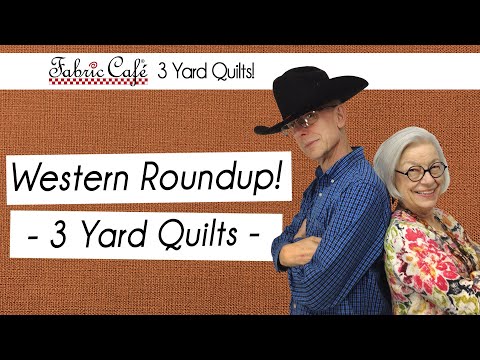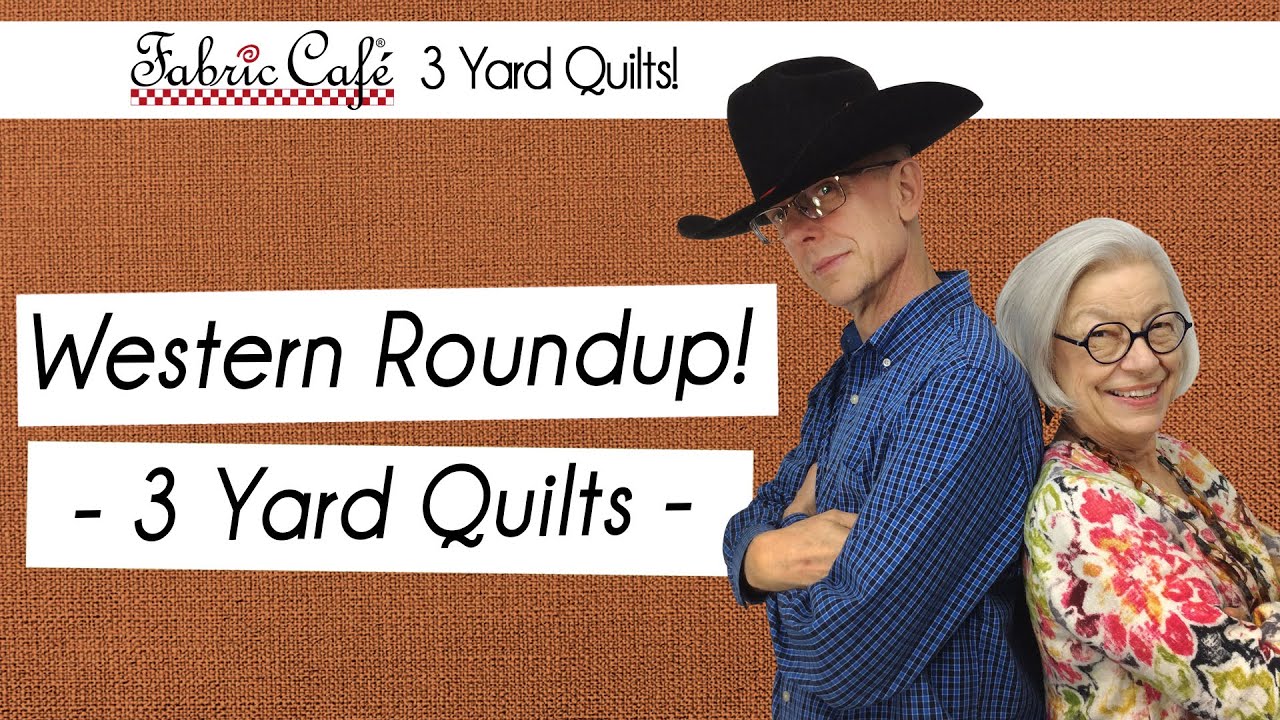Western pattern fabric is a captivating blend of rustic charm and timeless elegance. With its intricate designs and rich colors, this fabric instantly transports you to the rugged landscapes of the Wild West. The patterns are inspired by the natural beauty of the frontier, featuring motifs such as cowboys, horses, cacti, and sunsets. Each fabric is carefully crafted to capture the essence of the Old West, making it perfect for adding a touch of nostalgia to any space. Whether you’re looking to create a cozy cabin retreat or a statement piece in your living room, this fabric is sure to make a bold impression. The high-quality materials used in its production ensure durability and longevity, allowing you to enjoy its beauty for years to come. Whether you’re a fan of Western movies or simply appreciate the rugged charm of the frontier, this fabric is a must-have for any home decor enthusiast. So, why settle for ordinary when you can infuse your space with the timeless allure of Western pattern fabric? Explore the possibilities and let your imagination run wild with this captivating fabric.

The History of Western Pattern Fabric
Western pattern fabric has a rich and fascinating history that spans centuries. From its humble beginnings to its rise in popularity, this type of fabric has become a staple in Western fashion and interior design. In this article, we will explore the origins of western pattern fabric, its evolution, and its significance in today’s world.
The Origins of Western Pattern Fabric
The story of western pattern fabric begins in Europe during the medieval period. During this time, textiles were an important part of daily life, with intricate patterns and designs being woven into fabrics. These patterns often depicted scenes from nature, religious symbols, and heraldic motifs.
As Europe entered the Renaissance period, the demand for textiles increased, and new techniques such as block printing and tapestry weaving were introduced. These advancements allowed for more detailed and complex patterns to be created, paving the way for the emergence of western pattern fabric as we know it today.
The Evolution of Western Pattern Fabric
In the 18th century, as trade routes expanded and European colonization spread, the influence of western pattern fabric reached new heights. Exotic patterns and designs from around the world, such as paisley from India and chinoiserie from China, were incorporated into western textiles, creating a fusion of styles.
During the Industrial Revolution in the 19th century, advancements in technology revolutionized the production of western pattern fabric. The introduction of mechanized looms and the mass production of textiles made these fabrics more accessible to the general population. This era also saw the birth of iconic western patterns such as toile de Jouy, houndstooth, and tartan.
The Significance of Western Pattern Fabric Today
Today, western pattern fabric continues to be a popular choice in both fashion and interior design. Its versatility and timeless appeal make it a go-to option for those looking to add a touch of elegance and sophistication to their surroundings.
Western pattern fabric is often used in clothing, ranging from formal suits to casual dresses. It adds visual interest and can help create a unique and personalized style. In interior design, western pattern fabric is widely used for upholstery, curtains, and bedding, bringing a sense of warmth and character to any space.
The Different Types of Western Pattern Fabric
There are numerous types of western pattern fabric, each with its own distinct characteristics. Some of the most popular types include:
1. Floral patterns: These patterns feature various flowers and foliage, ranging from delicate and dainty designs to bold and vibrant ones.
2. Geometric patterns: Geometric patterns consist of shapes and lines arranged in a repetitive manner. They can range from simple and symmetrical to intricate and abstract.
3. Animal prints: Animal prints mimic the patterns found on animal fur, such as leopard spots or zebra stripes. They add a touch of exoticism and boldness to any design.
4. Stripes and plaids: These patterns consist of parallel lines arranged in varying widths and colors. They can convey a sense of sophistication or give a casual and relaxed vibe, depending on the design.
5. Abstract patterns: Abstract patterns are non-representational and often rely on color, texture, and shape to create visually striking designs. They can be bold and daring or subtle and understated.
In Conclusion
From its origins in medieval Europe to its present-day popularity, western pattern fabric has stood the test of time. Its intricate designs, historical significance, and versatility make it a beloved choice for both fashion and interior design. Whether you prefer floral patterns or abstract designs, there is a western pattern fabric out there to suit your personal style and add a touch of elegance to your surroundings.
3 Yard Quilts: A Wild West Adventure – Fabric Cafe’s Western Roundup!
Western Pattern Fabric
Western Pattern Fabric
| Pattern Name | Description | Origin | Popular Usage |
|---|---|---|---|
| Southwestern | The Southwestern pattern is inspired by the Native American tribes of the American Southwest. It typically features geometric shapes and vibrant colors, reflecting the rich cultural heritage of the region. | United States | Commonly used in home decor, especially in southwestern-style interiors. It is also popular for clothing items such as jackets, skirts, and bags. |
| Western Floral | Western Floral pattern incorporates elements of nature, such as flowers, leaves, and vines, with a Western twist. It often includes motifs like cacti, horseshoes, and cowboy boots, providing a rustic and charming feel. | United States | Widely used in upholstery, curtains, and bedding. It is also a popular choice for creating Western-style garments, such as shirts, dresses, and bandanas. |
| Plaid | Plaid is a classic Western pattern characterized by intersecting horizontal and vertical lines of different colors. It originated from the Scottish tartan patterns and became widely associated with Western fashion. | Scotland (origin), United States (popularized) | Used in various clothing items, including flannel shirts, kilts, and skirts. It is also a common choice for upholstery and accessories like scarves and blankets. |
| Horse Motif | The Horse Motif pattern showcases various equestrian-inspired designs, such as galloping horses, horseshoes, and horse saddles. It reflects the strong connection between Western culture and horsemanship. | United States | Often found in Western-themed home decor, particularly in ranch-style interiors. It is also used in clothing and accessories for horse enthusiasts and rodeo enthusiasts alike. |
As an expert in Western pattern fabrics, it is fascinating to explore the diverse range of designs inspired by the American West. The Southwestern pattern captures the essence of Native American artistry, while the Western Floral pattern combines nature’s beauty with Western motifs. Plaid, with its Scottish origins, has seamlessly integrated into Western fashion, becoming an iconic symbol. Lastly, the Horse Motif pattern pays homage to the deep-rooted connection between Western culture and horsemanship. These patterns not only add character to home decor but also offer an opportunity to express one’s affinity for the Western lifestyle through clothing and accessories.

